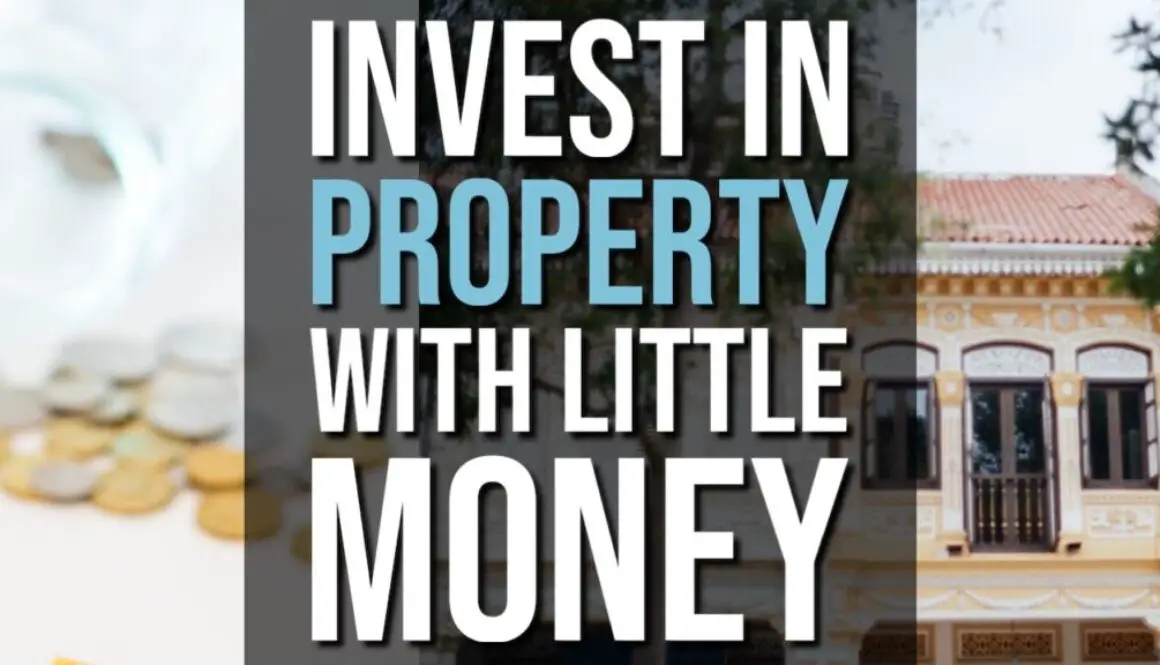The factor most loan providers require a 20% down payment is because of equity. If you do not have high adequate equity in the house, you're considered a possible default liability. In simpler terms, you represent more danger to your lending institution when you do not spend for enough of the home. PMI is computed as a portion of your initial loan quantity and can vary from 0. 3% to 1. 5% depending upon your deposit and credit rating. When you reach a minimum of 20% equity, you can ask for to stop paying PMI.Homeowners association (HOA) costs are common when you purchase a condo or a home that becomes part of a planned community.
The charges cover typical charges, such as community space maintenance (such as the turf, community pool or other shared amenities) and building maintenance. When you're taking a look at properties, HOA charges are normally disclosed upfront, so you can see just how much the current owners pay each month or annually. HOA fees are an extra continuous fee to contend with, they do not cover real estate tax or house owners insurance coverage most of the times. Select a long loan term, Purchase a less costly home, Pay a bigger deposit, Find the least expensive interest rate available to you, You can anticipate a smaller sized expense if you increase the number of years you're paying the home mortgage.
For example, a 15-year mortgage will have greater month-to-month payments than a 30-year home mortgage loan, since you're paying the loan off in a compressed quantity of time. An obvious however still important path to a lower monthly payment is to purchase a more budget-friendly home. The higher the home price, the higher your regular monthly payments. This ties into PMI. If you do not have actually enough conserved for a 20% deposit, you're going to pay more every month to protect the loan. Buying a home for a lower price or waiting until you have bigger down payment savings are two methods to conserve you from bigger regular monthly payments.

You do not have to accept the first terms you obtain from a lending institution. Attempt shopping around with other loan providers to find a lower rate and keep your regular monthly home mortgage payments as low as possible. If you have an FHA loan, the PMI stays with you throughout the rest of the loan. The only way to get out of it is to re-finance, which is another process in and of itself. If you have a standard loan, the PMI will burn off as soon as you reach 20% LTV, but that will normally take 7-10 years. There are a few methods to leave paying PMI. Put 20% down Discover a portfolio loan provider: Portfolio lending institutions are those that keep their loans on their own books. In other words, they do not sell their loans to Fannie or Freddie, so they have the ability to be more flexible.
Some Known Factual Statements About What Is Blockbusting In Real Estate
While you may not pay PMI, your rate of interest might be higher, which might not ultimately make a huge effect on your monthly payment. 80/10/10 agreement: Some lenders will provide an 80/10/10 contract. With this strategy, you secure your typical 80% loan that would avoid PMI entirely (How to find a real estate agent). You then take out an extra loan for 10%, and after that you only best timeshare companies 2021 put 10% down yourself. This can be dangerous since that extra 10% loan may have insane terms, including balloon payments, adjustable interest rates, etc. Have a look at this short article to find out more about PMI.
Home loan Insurance coverage (also understood as mortgage warranty and home-loan insurance) is an insurance coverage policy which compensates lending institutions or financiers for losses due to the default of a home loan. Home loan insurance coverage can be either public or private relying on the insurance provider. The policy is likewise referred to as a home mortgage indemnity assurance (MIG), especially in the UK. In Australia, borrowers must pay Lenders Mortgage Insurance coverage (LMI) for home loans over 80% of the purchase rate. [] In Singapore, it is obligatory for owners of HDB flats to have a home mortgage insurance coverage if they are utilizing the balance in their Main Provident Fund (CPF) accounts to spend for the monthly installation on their home mortgage.
Private home mortgage insurance coverage, or PMI, is usually needed with the majority of traditional (non federal government backed) home mortgage programs when the deposit or equity position is less than 20% of the home value. To put it simply, when buying or refinancing a home with a traditional mortgage, if the loan-to-value (LTV) is greater than 80% (or equivalently, the equity position is less than 20%), the debtor will likely be needed to carry personal home mortgage insurance. PMI rates can range Click for info from 0. 14% to 2. 24% of the principal balance each year based upon percent of the loan guaranteed, LTV, a repaired or variable rate of interest structure, and credit rating.
The majority of people pay PMI in 12 month-to-month installments as part of the home mortgage payment. In the United States, PMI payments by the customer were tax-deductible until 2018. Borrower paid private home mortgage insurance coverage, or BPMI, is the most common kind of PMI in today's home mortgage financing market. BPMI permits borrowers to obtain a home mortgage without having to supply 20% deposit, by covering the loan provider for the included threat of a high loan-to-value (LTV) home mortgage. The United States Homeowners Protection Act of 1998 permits debtors to demand PMI cancellation when the amount owed is reduced to a particular level. The Act requires cancellation of borrower-paid home mortgage insurance when a specific date is reached.
Facts About How To Become A Real Estate Agent In Texas Uncovered
BPMI can, under particular scenarios, be cancelled earlier by the servicer ordering a new appraisal revealing that the loan balance is less than 80% of the house's worth due to appreciation. This typically needs a minimum of 2 years of on-time payments. How to become a real estate developer. Each investor's LTV requirements for PMI cancellation differ based on the age of the loan and current or initial occupancy of the home. While the Act applies only to single family primary homes at closing, the investors Fannie Mae and Freddie Mac permit home mortgage servicers to follow the same guidelines for secondary residences. Financial investment residential or commercial properties generally need lower LTVs.
In some cases, the Loan provider is giving the customer a credit to cover the expense of BPMI. Lender paid personal home mortgage insurance, or LPMI, resembles BPMI other than that it is paid by the loan provider and built into the rate of interest of the home mortgage. LPMI is usually a feature of loans that claim not to require Home mortgage Insurance coverage for high LTV loans. The advantage of LPMI is that the overall monthly home loan payment Browse this site is often lower than an equivalent loan with BPMI, however since it's constructed into the interest rate, a borrower can't get rid of it when the equity position reaches 20% without refinancing.
In mortgage insurance coverage, a master policy released to a bank or other mortgage-holding entity (the policyholder) sets out the conditions of the protection under insurance certificates. The certificates document the specific qualities and conditions of each private loan. The master policy includes different conditions consisting of exemptions (conditions for rejecting coverage), conditions for notification of loans in default, and declares settlement. The contractual provisions in the master policy have received increased scrutiny since the subprime home mortgage crisis in the United States. Master policies usually need timely notification of default consist of arrangements on regular monthly reports, time to file fit limitations, arbitration contracts, and exclusions for carelessness, misstatement, and other conditions such as pre-existing environmental pollutants.

Protection can be rescinded if misrepresentation or scams exists. In 2009, the United States District Court for the Central District of California determined that home mortgage insurance could not be rescinded "poolwide". Home loan insurance coverage began in the United States in the 1880s, and the first law on it was passed in New york city in 1904. The market grew in action to the 1920s genuine estate bubble and was "totally bankrupted" after the Great Anxiety. By 1933, no personal mortgage insurer existed.:15 The insolvency was connected to the industry's involvement in "home loan pools", an early practice similar to home loan securitization. The federal government began guaranteeing home mortgages in 1934 through the Federal Housing Administration and Veteran's Administration, but after the Great Depression no personal mortgage insurance coverage was licensed in the United States till 1956, when Wisconsin passed a law allowing the first post-Depression insurance provider, Home loan Guaranty Insurance Coverage Corporation (MGIC), to be chartered.